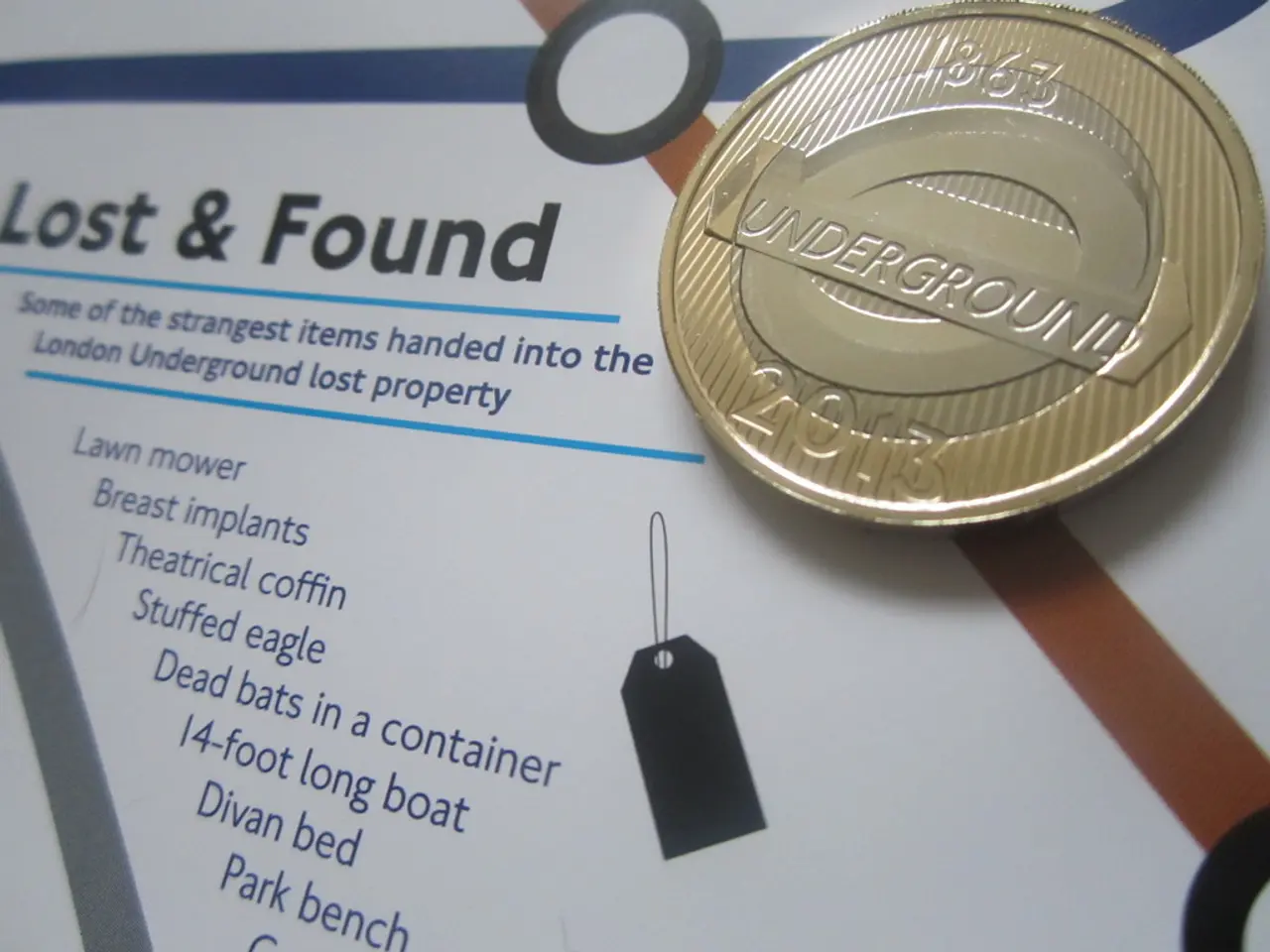Insurance Industry Transition - Shifting from Buzz to Quantifiable Benefit
In the dynamic world of insurance, automation is no longer a distant dream but a reality transforming the industry. The benefits of automation are manifold, from saving time, reducing errors, to revolutionizing workflows. However, the real transformation is cultural, with automation becoming a shared capability spanning operations, finance, compliance, and more.
This shift towards automation is driven by regulatory pressure, operational inefficiencies, and the complexity of global insurance operations. The transformation isn't just about innovation, but a practical response to rising demands for efficiency, risk reduction, and sustainable growth.
Kristy Lovegrove, the Group Head of Technology & Digital Services at Pro Global, echoes this sentiment, "Automation is about making our operations more efficient, reducing risk, and freeing up our teams to focus on higher-value tasks."
Many insurers still operate a patchwork of legacy systems with unique data standards and interfaces. However, automation tools are being deployed with urgency and precision by leading re/insurers. Leading firms are using APIs and middleware to build automation capabilities that complement, rather than compete with, legacy infrastructure.
Successful automation programmes in the insurance industry share several key characteristics. Pragmatism over hype is paramount. These programmes focus on delivering tangible, measurable benefits rather than pursuing flashy, all-encompassing transformation projects. They prioritize practical outcomes over grand visions.
Many firms opt for targeted automation rather than trying to automate everything at once. This involves identifying specific areas where automation can add the most value, such as claims processing or compliance management. Effective programs often combine different automation technologies, including Robotic Process Automation (RPA) for repetitive tasks, Artificial Intelligence (AI), and Machine Learning (ML) for more complex tasks like fraud detection and data analysis.
Successful programmes aim to deliver results quickly, often within short timelines. This approach helps in achieving early wins and sustaining momentum for further automation efforts. A prime example of this is an international specialty insurer that achieved full Sarbanes-Oxley (SOX) compliance in 18 months through an automation and audit readiness programme.
Automation is also used to enhance customer experience by making processes faster, more transparent, and seamless. Technologies like AI-powered chatbots are employed to improve customer interaction and satisfaction.
Operational efficiency and cost reduction are other significant advantages of automation. Automation helps reduce manual errors, lowers operational costs, and enhances the speed of processing claims or other insurance-related tasks.
Successful programmes are built on agile operating models that can scale and adapt to changing business needs. This involves integrating technology, data, and business functions to align with customer-centric strategies.
Recent acquisitions in the industry, such as Davies Group's acquisition of Codebase8 Limited, a firm specializing in RPA, legacy platform modernization, and product development for clients in the insurance market, underscore the industry's commitment to automation.
In conclusion, the insurance sector is embracing automation with a pragmatic, customer-centric approach. By focusing on delivering tangible value, integrating multiple technologies, and prioritizing operational efficiency, insurers are transforming their operations and positioning themselves for a more agile, efficient, and customer-focused future.
- The pragmatic approach towards automation in the insurance sector is driven by regulatory pressure, operational inefficiencies, and the complexity of global operations, with the goal of improving efficiency, reducing risk, and promoting sustainable growth.
- Effective automation programs prioritize practical outcomes over grand visions, delivering tangible, measurable benefits, such as full Sarbanes-Oxley (SOX) compliance in 18 months, through the use of various automation technologies like Robotic Process Automation (RPA), Artificial Intelligence (AI), and Machine Learning (ML).
- Successful programs in the insurance industry also enhance customer experience by making processes faster, more transparent, and seamless through the use of technologies like AI-powered chatbots, while operational efficiency and cost reduction are other significant advantages of automation.
- The sector's increased commitment to automation is evident in recent acquisitions, such as Davies Group's purchase of Codebase8 Limited, a firm specializing in RPA, legacy platform modernization, and product development for clients in the insurance market, demonstrating a commitment to streamlining operations and positioning themselves for a more agile, customer-focused future.




